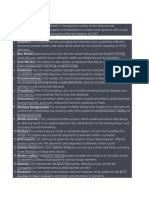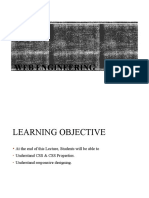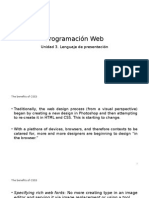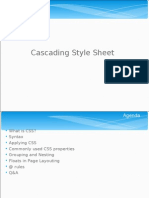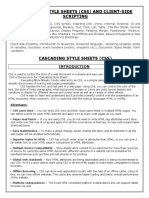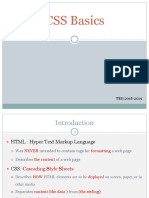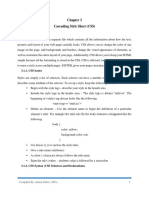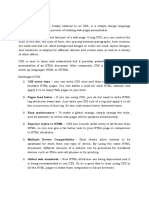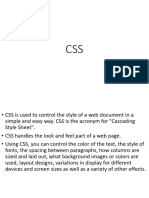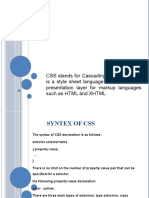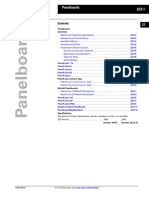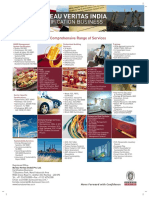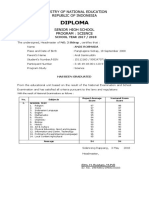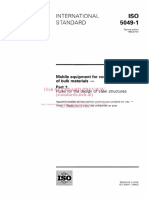0% found this document useful (0 votes)
28 views13 pagesOverview and Features of CSS3
CSS3, or Cascading Style Sheets Level 3, enhances web design with advanced features such as media queries, transitions, and 3D transformations, making websites visually appealing. It introduces new selectors, rounded corners, gradients, and various layout options, all supported by modern web browsers. Key features include animations, multi-column layouts, and the ability to create complex designs without third-party scripts.
Uploaded by
nachiket navadgiCopyright
© © All Rights Reserved
We take content rights seriously. If you suspect this is your content, claim it here.
Available Formats
Download as PPTX, PDF, TXT or read online on Scribd
0% found this document useful (0 votes)
28 views13 pagesOverview and Features of CSS3
CSS3, or Cascading Style Sheets Level 3, enhances web design with advanced features such as media queries, transitions, and 3D transformations, making websites visually appealing. It introduces new selectors, rounded corners, gradients, and various layout options, all supported by modern web browsers. Key features include animations, multi-column layouts, and the ability to create complex designs without third-party scripts.
Uploaded by
nachiket navadgiCopyright
© © All Rights Reserved
We take content rights seriously. If you suspect this is your content, claim it here.
Available Formats
Download as PPTX, PDF, TXT or read online on Scribd
/ 13



